
What are Vitreo-Retinal Diseases?
The retina is the interior lining of the eye which containsmillions of nerve endings which are sensitive to light. It is actually anextension of the brain. When the light passes through the cornea and the pupil,the vitreous and the lens focus on the retina, which then first serves as thereceiver of light. Then it transmits the light as nerve impulses to the brainby means of an optic nerve. Vitreous is a gel like substance which istransparent without any color and it fills the cavity between the retina andthe lens. It actually serves the purpose of supporting the shape of the eye.The macula is the central portion of the retina and it is in charge ofproviding central vision. It is composed of cones and rods and it provides thepossibility of distinguishing colors, fine details, night vision and so on. Thefovea is a very small area located in the center of the macula and it iscomposed of cones. It is in charge of providing the sharpest vision. There area large number of medical conditions which may affect the retina and thevitreous and they include retinitis pigmentosa, floaters, flashes, eye cancer,uveitis, retinoblastoma, retinopathy of prematurity, macular holes, retinaldetachment or tears, macular degeneration and diabetic retinopathy.
What Conditions, Diseases and Irregularities Affect the Retina and Vitreous?
Diabetic retinopathy is an ophthalmic type of disorder whichcommonly affects people who suffer from diabetes. It is among the leading causesof blindness in young persons and adults alike. There are two different typesof diabetic retinopathy and those include proliferative diabetic retinopathyand non-proliferative diabetic retinopathy. Proliferative type is associatedwith a much larger risk of the loss of vision and it commonly follows theadvanced cases of non-proliferative diabetic retinopathy. It develops once theblood vessels on the retina or the optic nerve become blocked so that they cutoff the nutrient supplies. This type of diabetic retinopathy may lead tofurther medical complications such as the neovascular glaucoma, tractionalretinal detachment, rhegmatogenous retinal detachment, traditional retinaldetachment and vitrous hemorrhage. Non-proliferative retinous diabeticretinopathy is only the early stage of the disease which involves the swellingof the retina and the deposition of exudates due to the fluid leaking into theretina. The non-proliferative diabetic retinopathy usually does not involve anysymptoms while the proliferative type may involve certain types of symptomssuch as permanent vision loss, temporary vision loss, blurriness, visualdistortions, loss of peripheral vision, loss of central vision and darkfloaters. The age related macular degeneration is the leading cause of irreversibleblindness. There are two different types, the dry and the wet maculardegeneration. The dry one is much more common than its wet counterpart and itis a slowly progressing disease which leads to severe central vision loss. Wetmacular degeneration always develops from the dry one. These medical conditionsusually do not involve any particular symptoms. Dry macular degeneration maysometimes involve slight blurriness, slight fuzziness of the vision and ablurred central spot. Wet macular degeneration may involve rapid loss ofcentral vision. Another common medical condition is called the macular hole. Itoccurs when the fluid leaks under the edges of the macular hole and triggers amicroscopic retinal detachment which leads to the development of distortedvision and blurring. If the hole gets all the way through to the macula, it maybe associated with a significant loss of central vision. Retinal detachmentsare conditions in which the retina gets pulled or lifted from its usualposition. The retractions of vitreous may sometimes tear the retina, whichcauses various medical complications. These tears commonly do not affect thevision directly. Retinal detachment is easily characterized by a partial orcomplete loss of vision. Uveitis is a medical condition easily characterized asan inflammation of the uvea. Uvea is located between the sclera and the retina,and when it gets inflamed it may affect various parts of the eye which surroundit. The symptoms of this type of medical condition may include sensitivity tolight, floaters, redness, blurred vision and painful sensations.
Different Treatment Options
The treatment options for those who suffer from diabeticretinopathy include intraocular corticosteroids injected under topicalanesthesia. There are a large number of different types of treatment optionsavailable for patients who suffer from age related macular degeneration. Some ofthe most commonly used ones include thermal laser photocoagulation, photodynamictherapy and Visudyne therapy. Those who suffer from a macular hole have onlyone treatment option. It is a surgical intervention known as vitrectomy with aninternal tamponade. The treatment options of retinal detachments and tearsinclude surgical interventions, cryo therapy, laser therapy, retinopexy, sclerabuckling procedure, vitrectomy, and several others. Uveitis is treated witheyedrops, oral medications or injections.



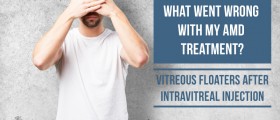


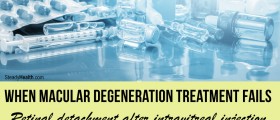
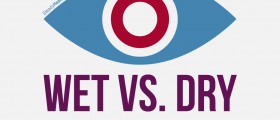





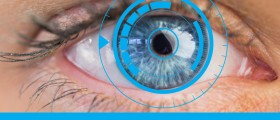

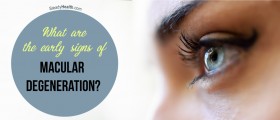

Your thoughts on this
Loading...